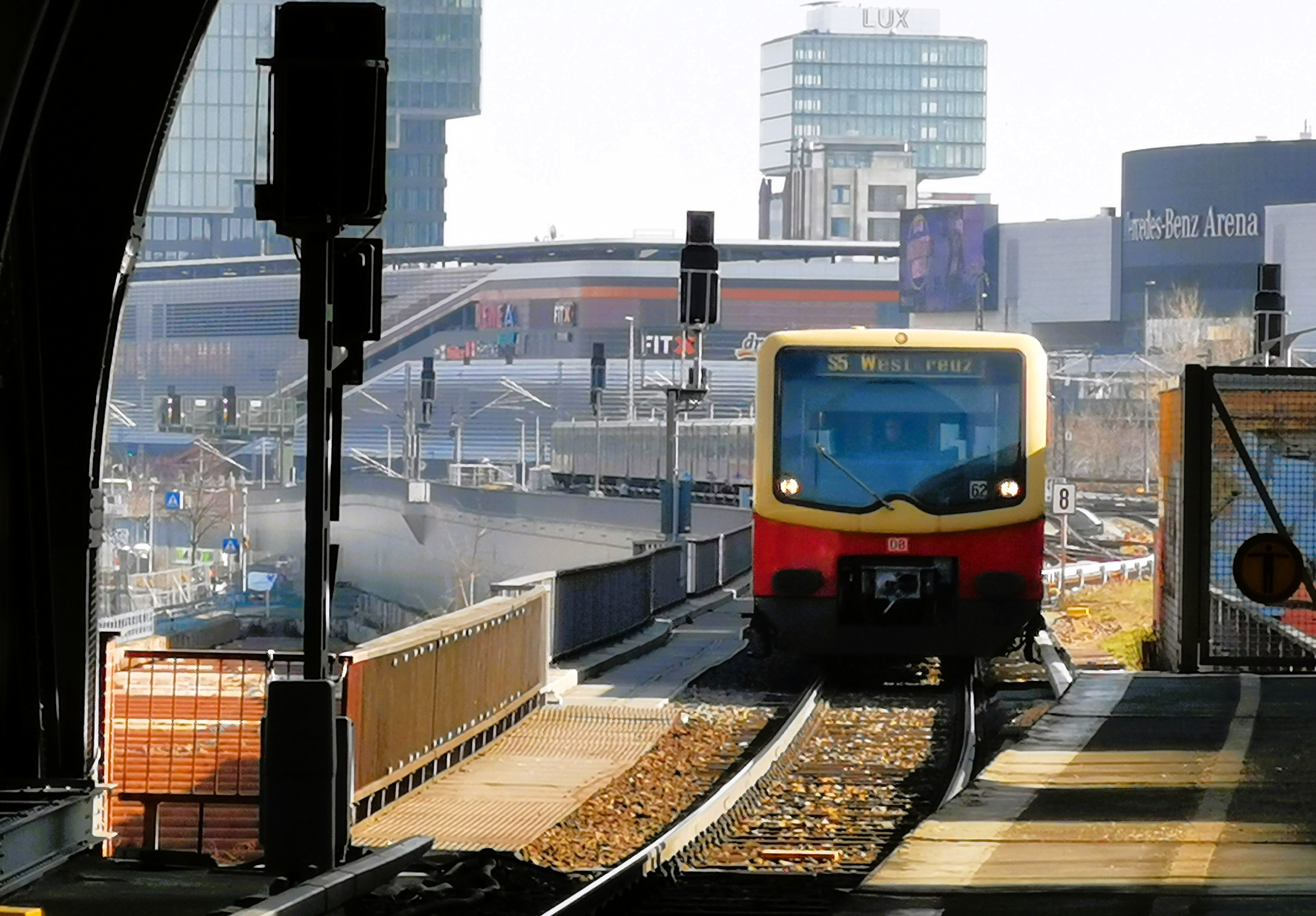Major rail disruptions around and in Berlin until early 2026
28 Sep 2025
Starting October 1, 2025, no trains will operate between Berlin-Südkreuz and Bitterfeld until December 13 while working teams carry out a sweeping modernization of the line.
Longer Journeys and Lost Connections
The shutdown hits some of Germany’s most popular long-distance routes. High-speed ICE trains linking Berlin and Munich will be rerouted. It will translate into an additional 45 to 60 minutes to travel times between Berlin and Leipzig or Halle (Saale).
Direct connections between Frankfurt and Berlin via Erfurt are suspended entirely, though ICE service on the Frankfurt–Berlin route via Kassel remains intact. South of the capital, Lutherstadt Wittenberg will likewise lose all long-distance stops until mid-December.
Passengers accustomed to boarding at Berlin’s Südkreuz station will also feel the pinch: no long-distance trains will stop there during the work. Instead, some services will be rerouted to another connecting station, Berlin Ostkreuz. The move that will disrupt the city’s S-Bahn commuter rail on the central Stadtbahn corridor.
Regional travelers face extra hurdles
The construction affects more than cross-country travelers. In Brandenburg and Saxony-Anhalt, numerous regional lines will operate shortened routes, take lengthy detours, or be replaced entirely by buses. The disruption deepens on October 24, when Deutsche Bahn plans to extend the closure to include the section between Südkreuz and Berlin Central station (Hauptbahnhof). That second phase will impact additional regional services, although the Berlin S-Bahn is expected to maintain normal operations.
Massive Track and Signal Upgrades
The scale of the project underscores why Deutsche Bahn calls the shutdown essential. Crews will replace nearly 100 kilometers of track, refurbish another 38 kilometers, and install or overhaul a total of 92 rail switches. At Berlin Südkreuz, a key signal tower will be modernized. The work also ties into the long-planned Dresden rail link, slated to open in December, which promises faster trips from Berlin’s main station to the capital’s BER airport.
Deutsche Bahn says the comprehensive approach—grouping several major projects into one intensive closure—will pay off. Once the December timetable change takes effect, the Berlin–Bitterfeld corridor is expected to remain “construction-free” for at least three years, offering travelers a more reliable and faster connection along one of Germany’s most important rail arteries.
This major overhaul works come in parallel to another big modernization project : since August 1, 2025, the 278-kilometre line between Berlin and Hamburg is fully closed for major renovations. The closure will last through April 30, 2026. More than 180 km of track will be replaced, and over 200 switches will be renewed. Long-distance trains are being rerouted, adding on average 45 minutes to the journey.



